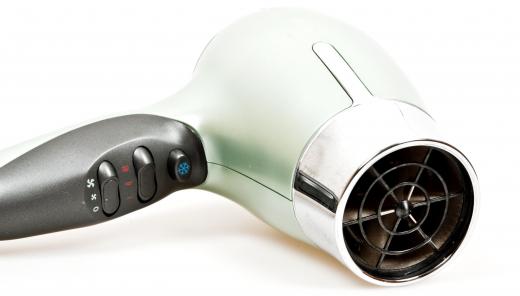What is a Thermopile?
A thermopile is a thermoelectric device that consists of an array of thermocouples connected in series. It is widely used in non-contact temperature measurement applications and temperature monitoring systems. Thermopiles detect the temperature of an object by absorbing the infrared (IR) radiation that emits from the object’s surface. Most of the device's detectors are equipped with a black body surface for effectively absorbing the IR radiation.
The thermocouples that make up a thermopile consist of two strips of different metals welded at one end. Each thermocouple produces a voltage that is proportional to the temperature difference between the "hot" and "cold" ends, which is known as the Seebeck effect. The total output voltage of one of these devices is considerably higher than that of a thermocouple, however.

In a thermopile detector, the "hot junctions" of the thermocouples face the incident IR radiation from the object, whereas the "cold junctions" are connected to a heat sink, which is usually a silica substrate. Once the detector is pointed toward the object, heat flows from the object to the thermopile. This heat flow creates a significant temperature difference between the hot and cold junctions, and this contributes to an increase in the output electric signal of the thermopile. In order to easily measure this output signal, a noise-free output amplifier can be used.

In heat sensors, when the IR radiation from an object is absorbed by the thermopile sensor, the individual voltages of the thermocouples add up to generate a high output voltage. Most thermopiles have built-in thermistors. This is because the output signal is proportional to the temperature difference between the object and the thermopile, and a thermistor helps in registering the temperature.

The advent of silicon-based micromachining technology has lead to the easy availability of cost-effective thermopile detectors. These are widely used in a range of industries. Among other uses, they are used in medical applications such as ear thermometers, heat sensing applications such as microwave ovens and hair driers, and gas detection applications such as CO2 sensors.
Gas detectors employ thermopiles for measuring the concentration of gases in the atmosphere by IR absorption. For instance, CO2 sensors are employed in heating, ventilation, and air conditioning (HVAC) applications that check the indoor air quality (IAQ), facilitating demand controlled ventilation (DCV). These gas detectors have a broad range of industrial applications, such as detecting gas leaks, measuring the CO2 content of landfills, monitoring CO2 content in exhalation breath of patients, and fire alarm applications.
AS FEATURED ON:
AS FEATURED ON:













Discussion Comments
thank you very much for this article. --oslo university college student
Post your comments